Eastern region: Heritage
Eastern Heritage, a photographic exhibition
When asked about the memories of the body in the “llano”, memories of family life come to light, mental landscapes that bring textures and colours typical of the East. The remembrances of our life are anchored in our perception, and they shape how we observe and experience life.
We have walked through a landscape and celebrated moments of our community life, we have proudly worn the traditional costumes of our region, we have soaked ourselves in the rivers and our bodies have learned to move between these elements in particular ways: now our dances tell where we are and what is the place that saw us grow.
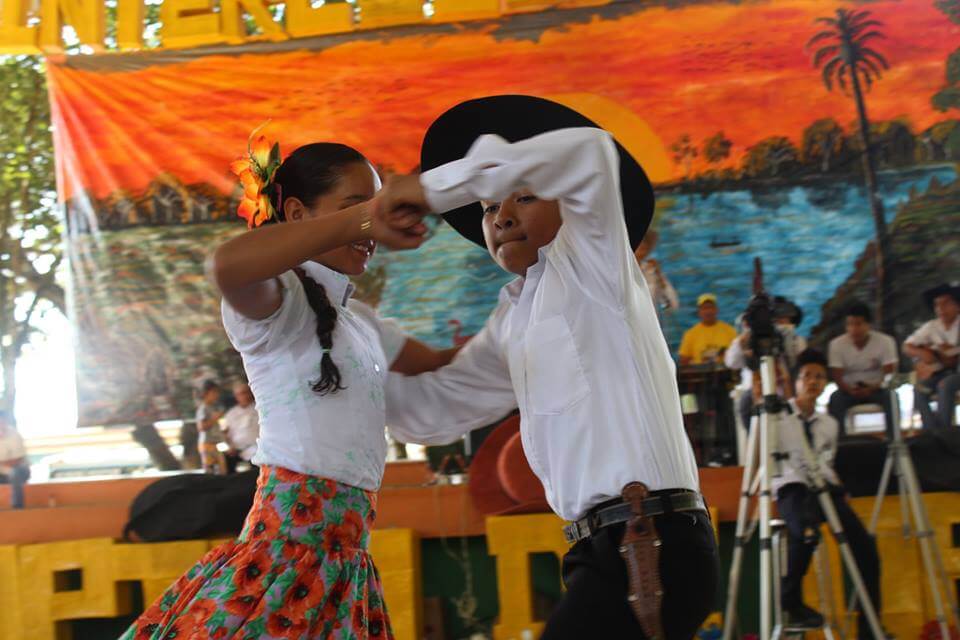
LLANERITOS TO THE RHYTHM OF JOROPO
A couple of children dancing the Joropo at the intercollegiate festival of Fuentedeoro, Meta.
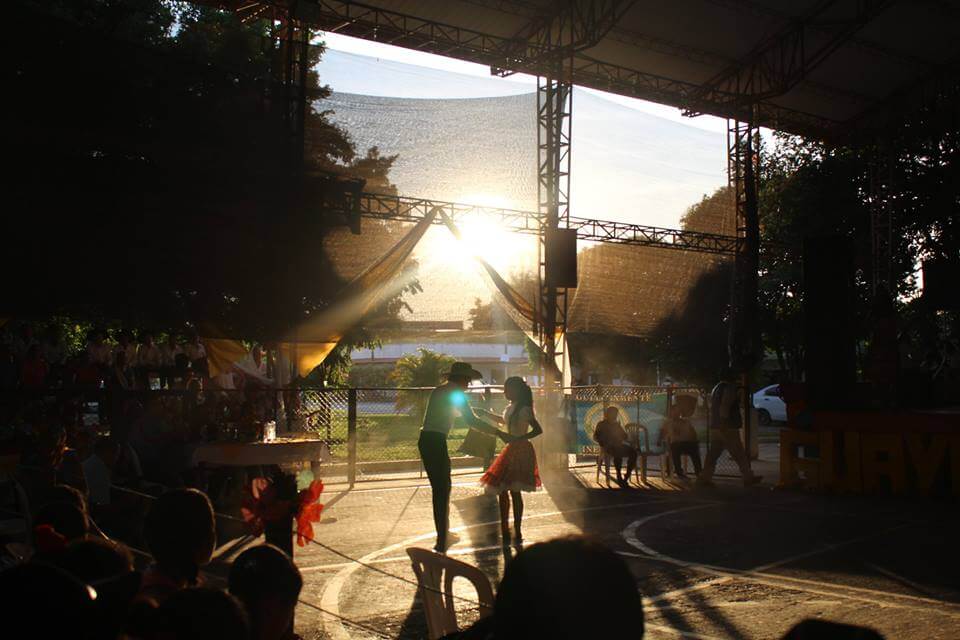
ZAPATEANDO ON STAGE
Young people compete with the typical dances of the region at the intercollegiate festival of Fuentedeoro, Meta.
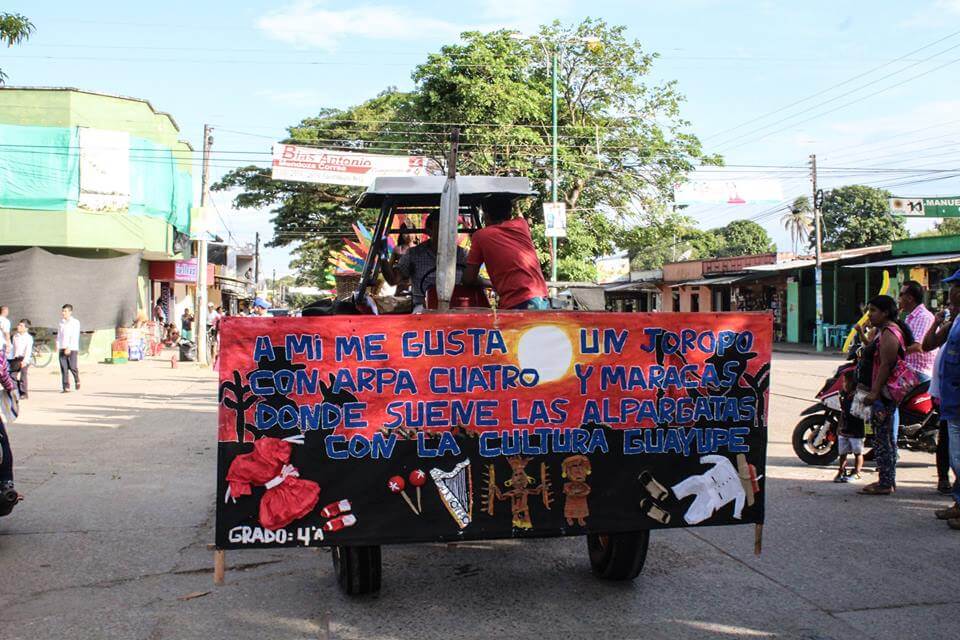
FLOATS PARADE
I like the Joropo to include the harp, the cuatro, and the maracas, where the espadrilles clash with our culture.
Guayupe Fuentedeoro, Meta.
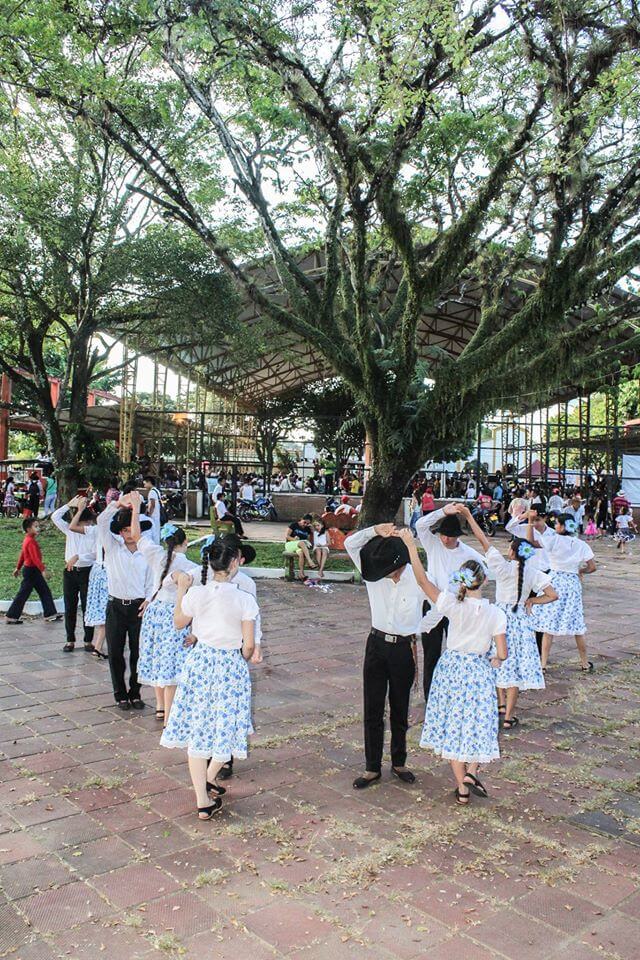
JOROPO TO THE PARK
Young couples take over the Fuentedeoro park in Meta, while dancing to the rhythm of Joropo.
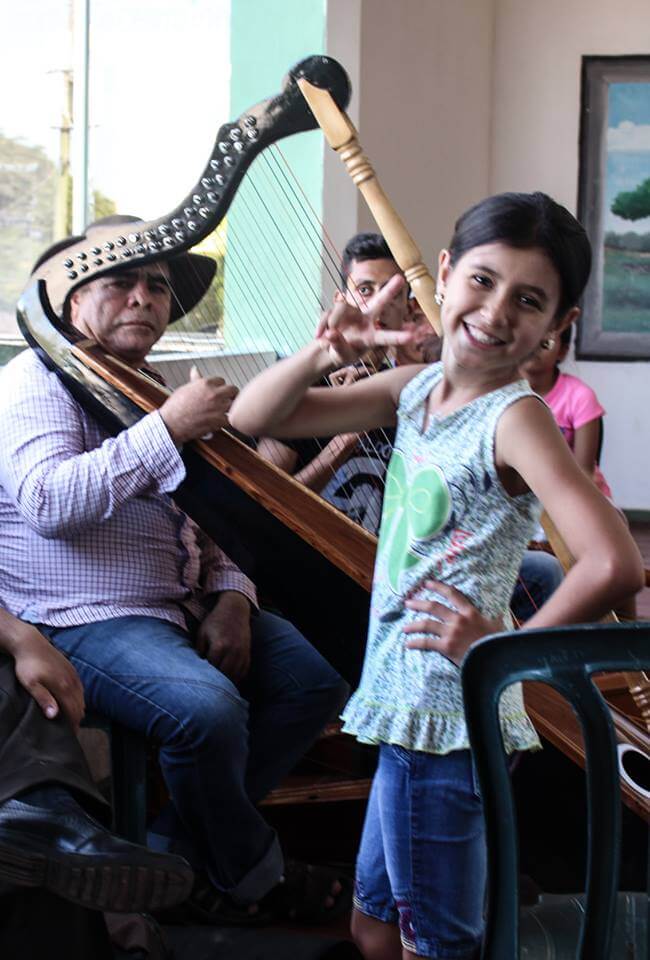
THE LLANERA HARP
Children learn llanera music at the Cultural Centre of Fuentedeoro, Meta.
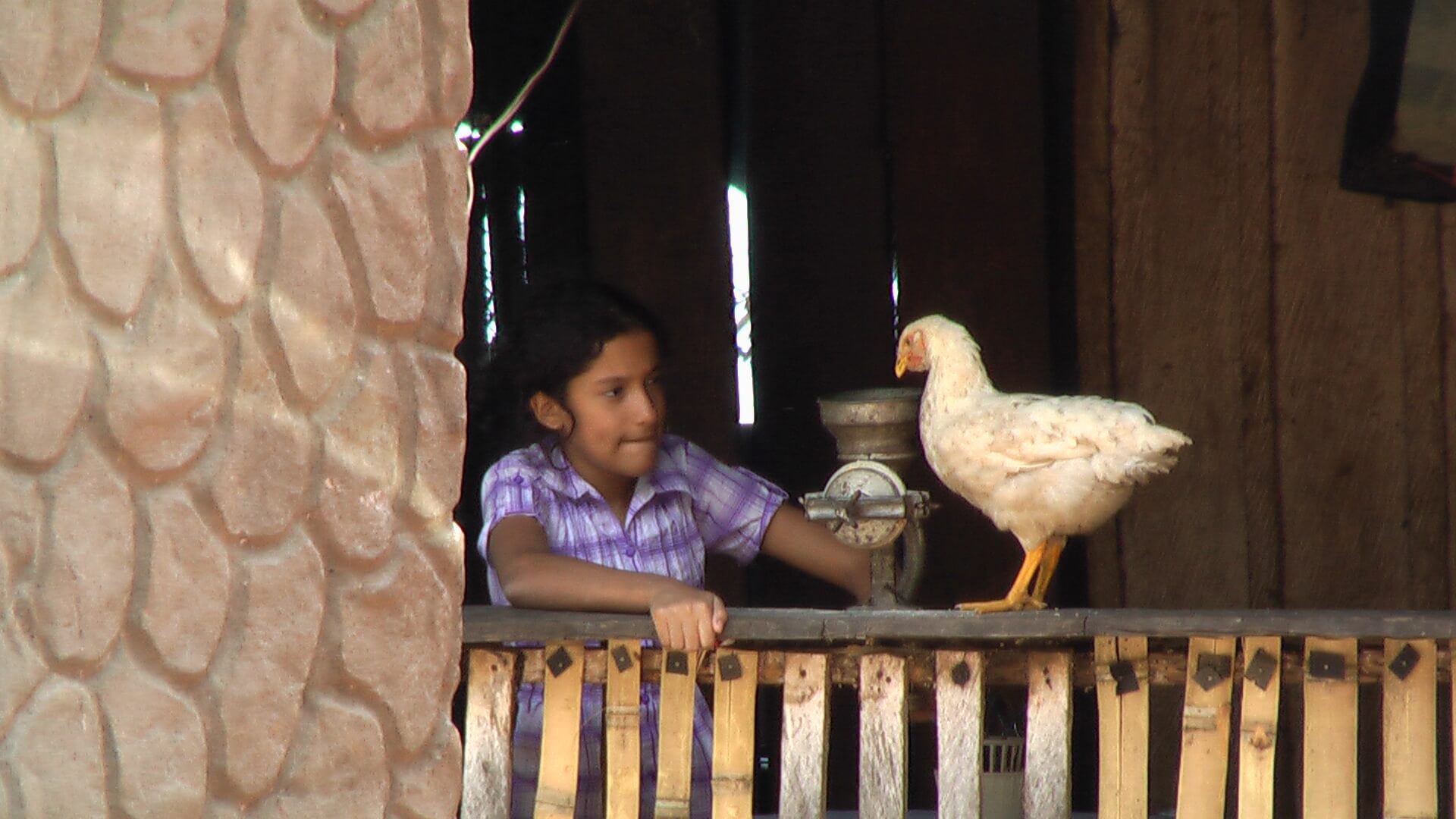
CHILDHOOD IN THE FIELD
A girl from the llano feeds her hen in a farm in the Alto Ariari, Meta.
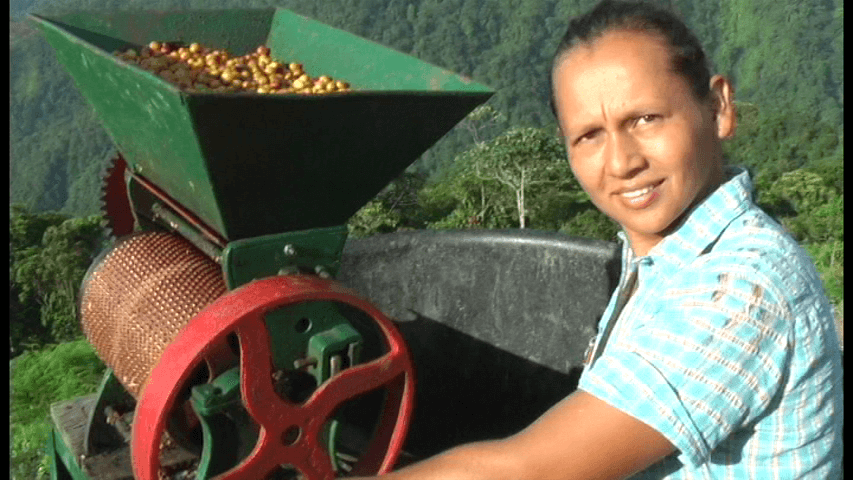
GRINDING COFFEE
A llanera woman grinds coffee in her farm in the Alto Ariari, Meta.
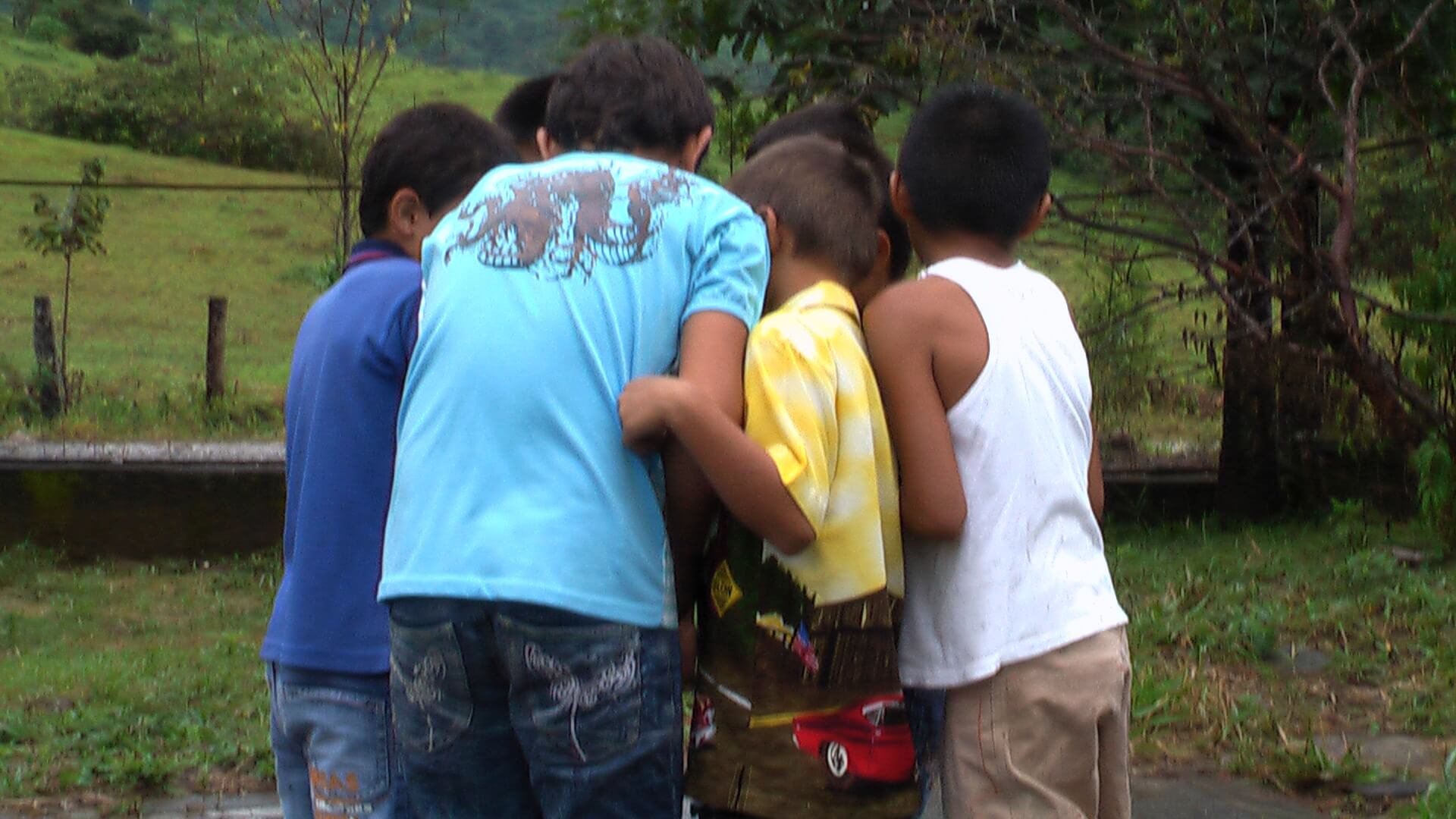
THE GRANADE
Children play and enact the explosion of a grenade at the school in Caño Amarillo in El Dorado, Meta.
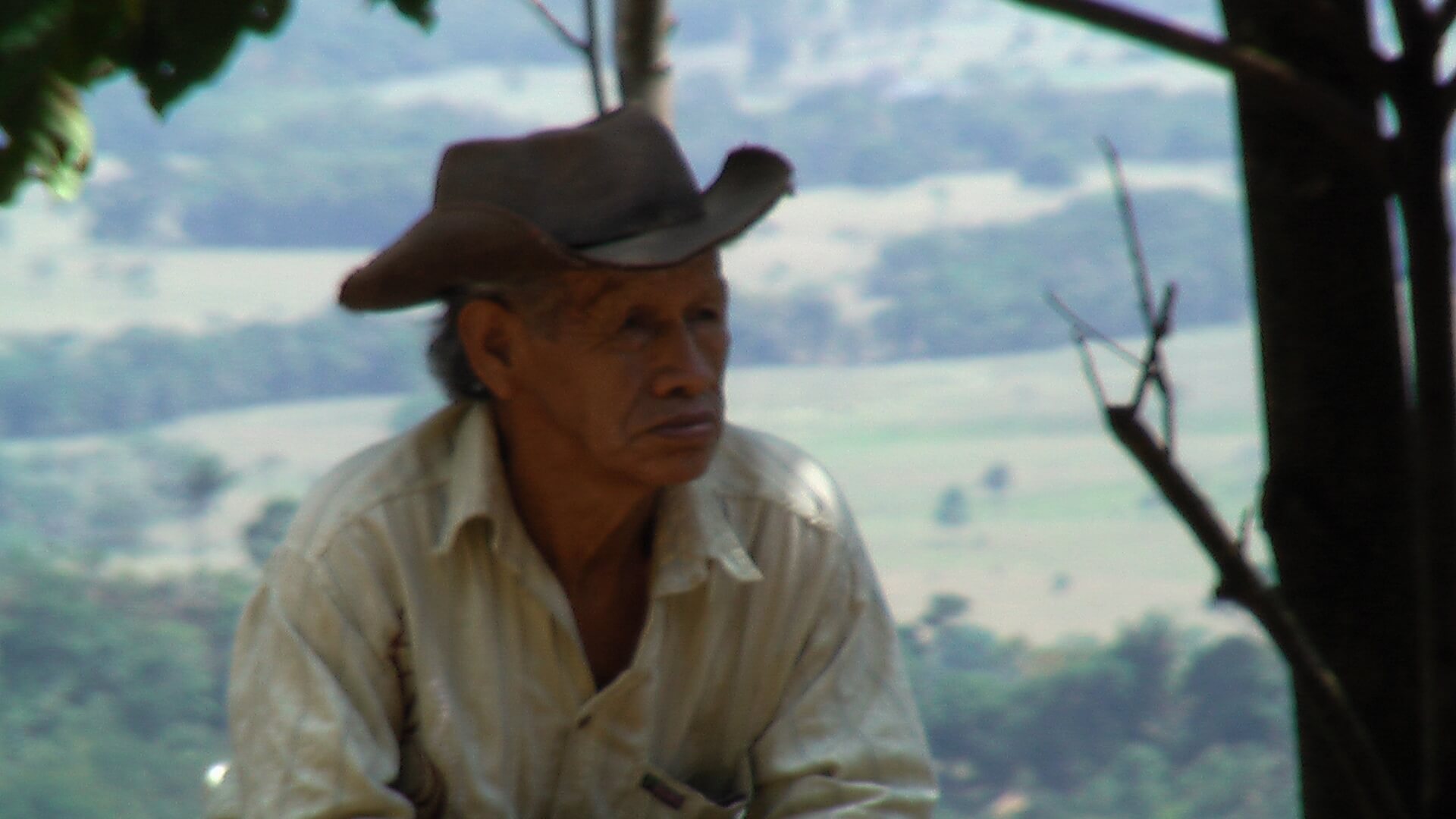
THE LLANERA GAZE
Elder in his farm in the Alto Ariari, Meta.
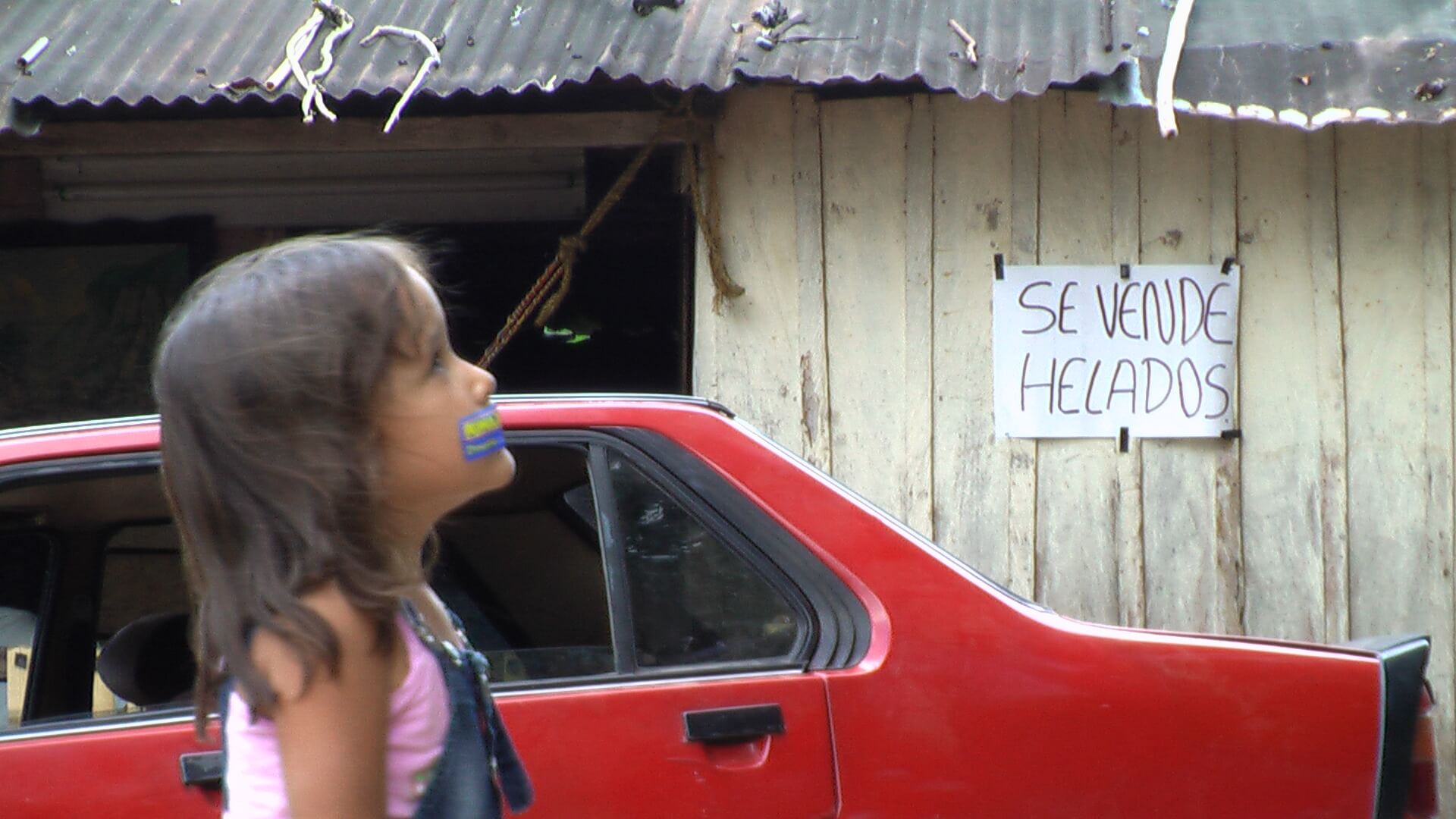
ICE CREAM FOR SALE
Girl silently awaits for ice cream in the Alto Ariari, Meta.
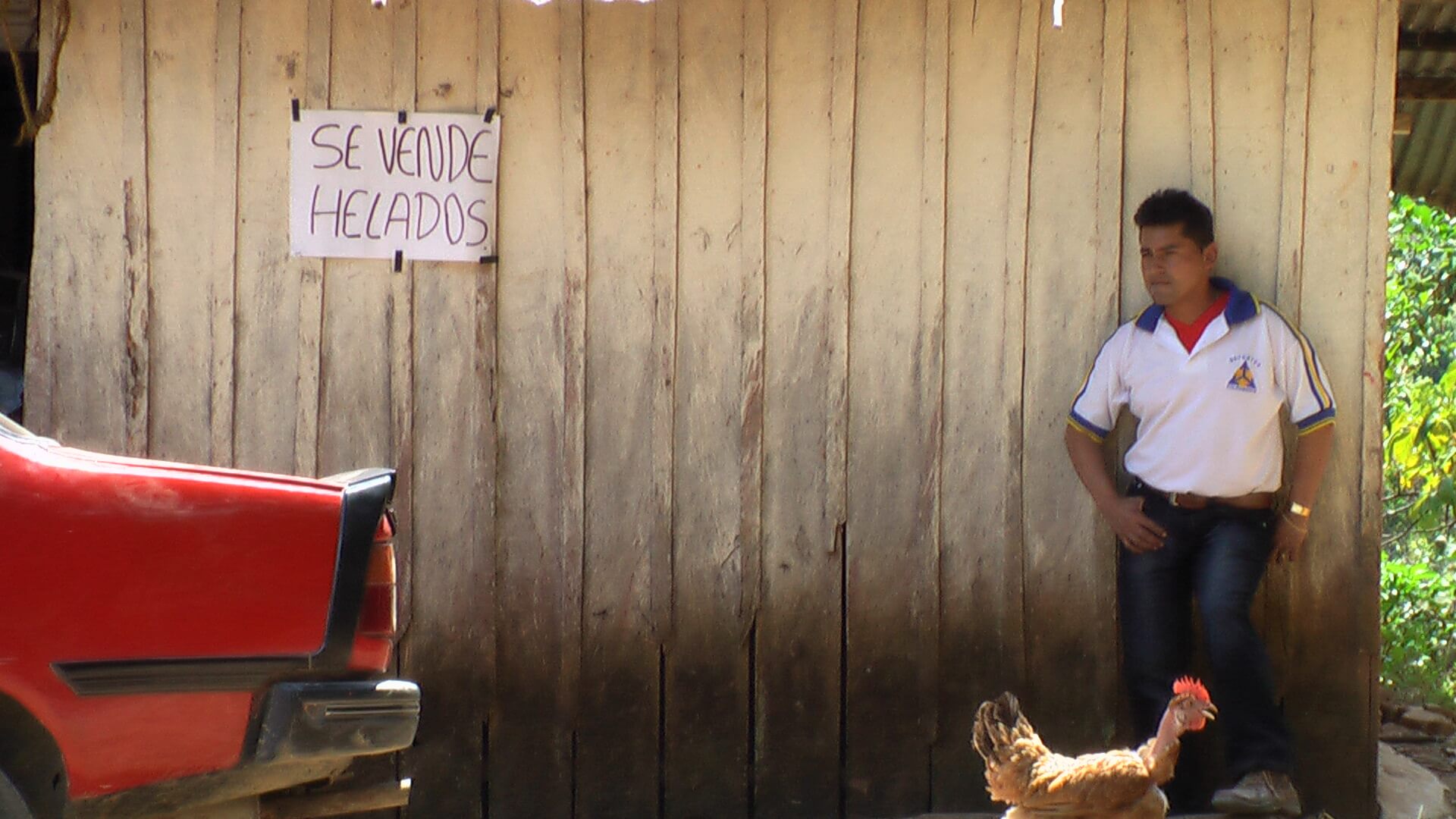
YOUNG MAN AT HOME
A young llanero contemplates the afternoon pass from the gate of his house in the Alto Ariari, Meta.
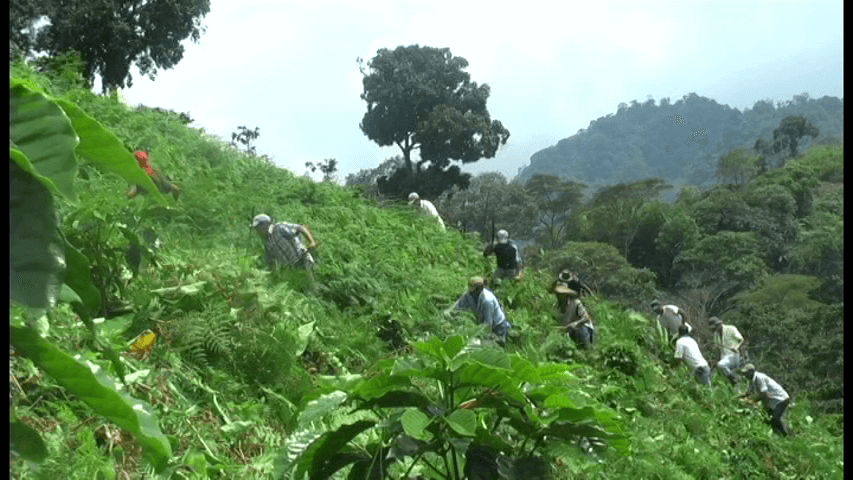
COFFEE CULTIVATION
Collective planting day on a farm in the Alto Ariari, Meta.
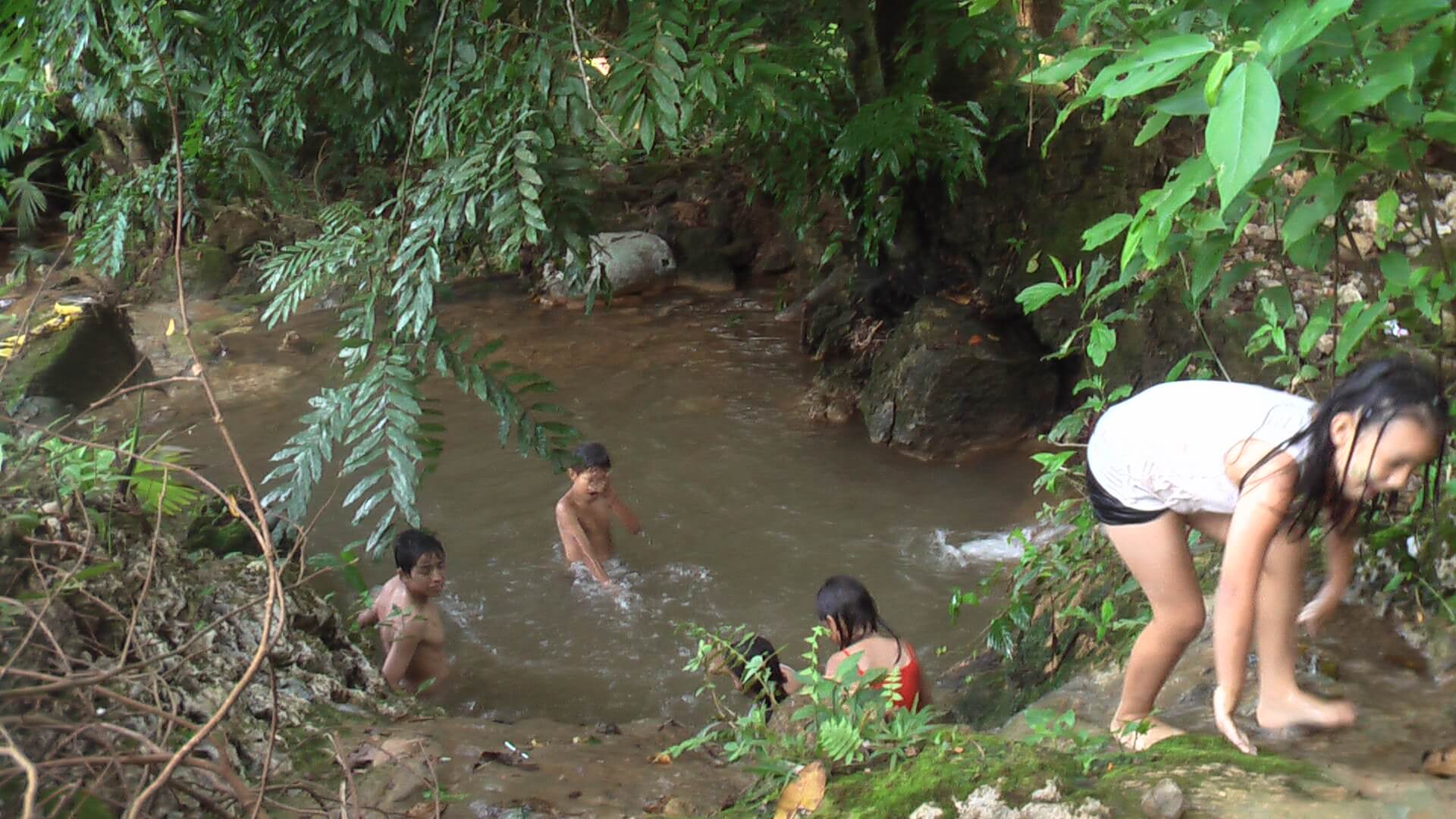
HUMANITARIAN DEMINING
Children take a bath on a water spring at a farm that had been recently demined in the Alto Ariari, Meta.
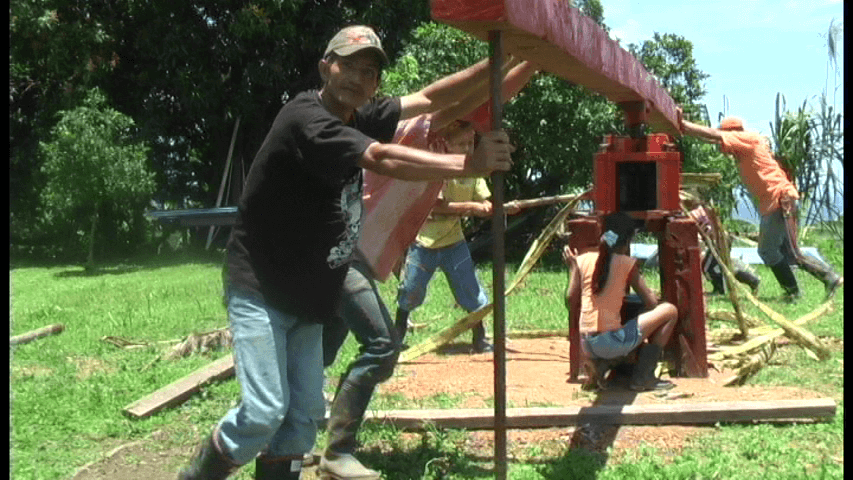
SUGAR CANE
The community gathers to extract cane juice at a farm in the Alto Ariari, Meta.

LLANERITO HERDING CATTLE
A young man on his farm herding cattle while his parents work in the Alto Ariari, Meta.
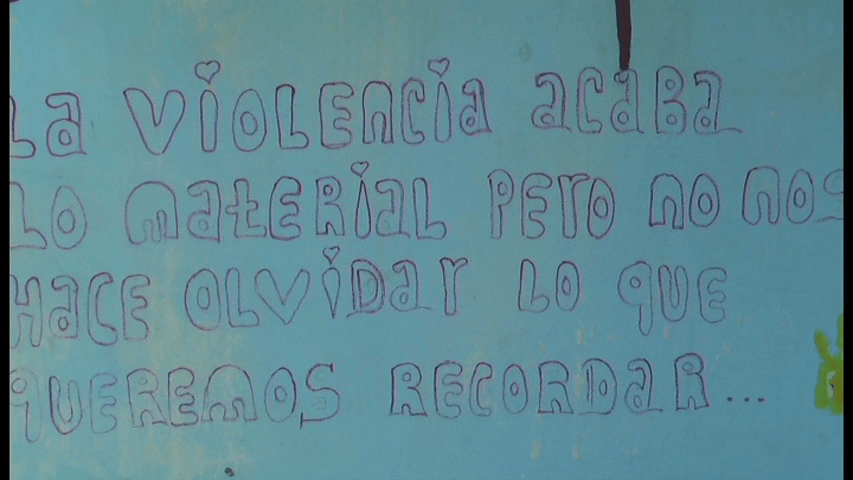
VIOLENCE DESTROYS THE PHYSICAL BUT DOES NOT PREVENT US FROM REMEMBERING
Mural in the old school in Caño Amarillo in Meta, previously destroyed by insurgent groups.
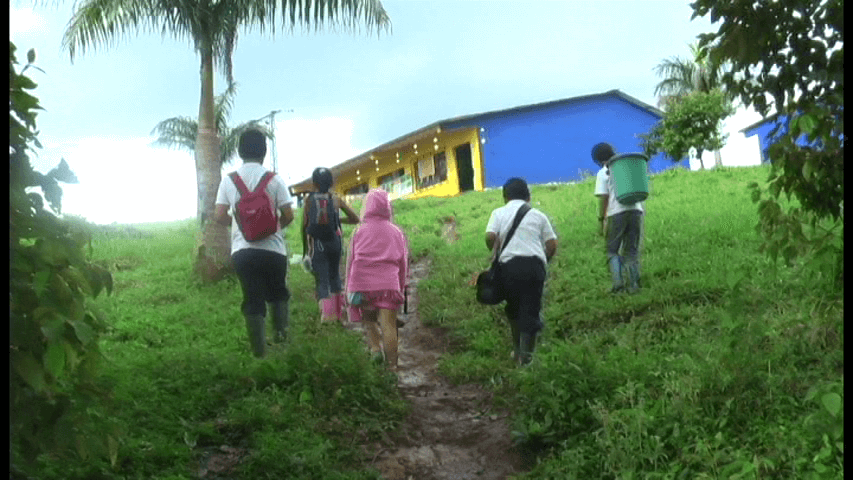
I AM A STUDENT AND I AM WORKING
Students arriving to start their day at the school in San Pedro, Meta.
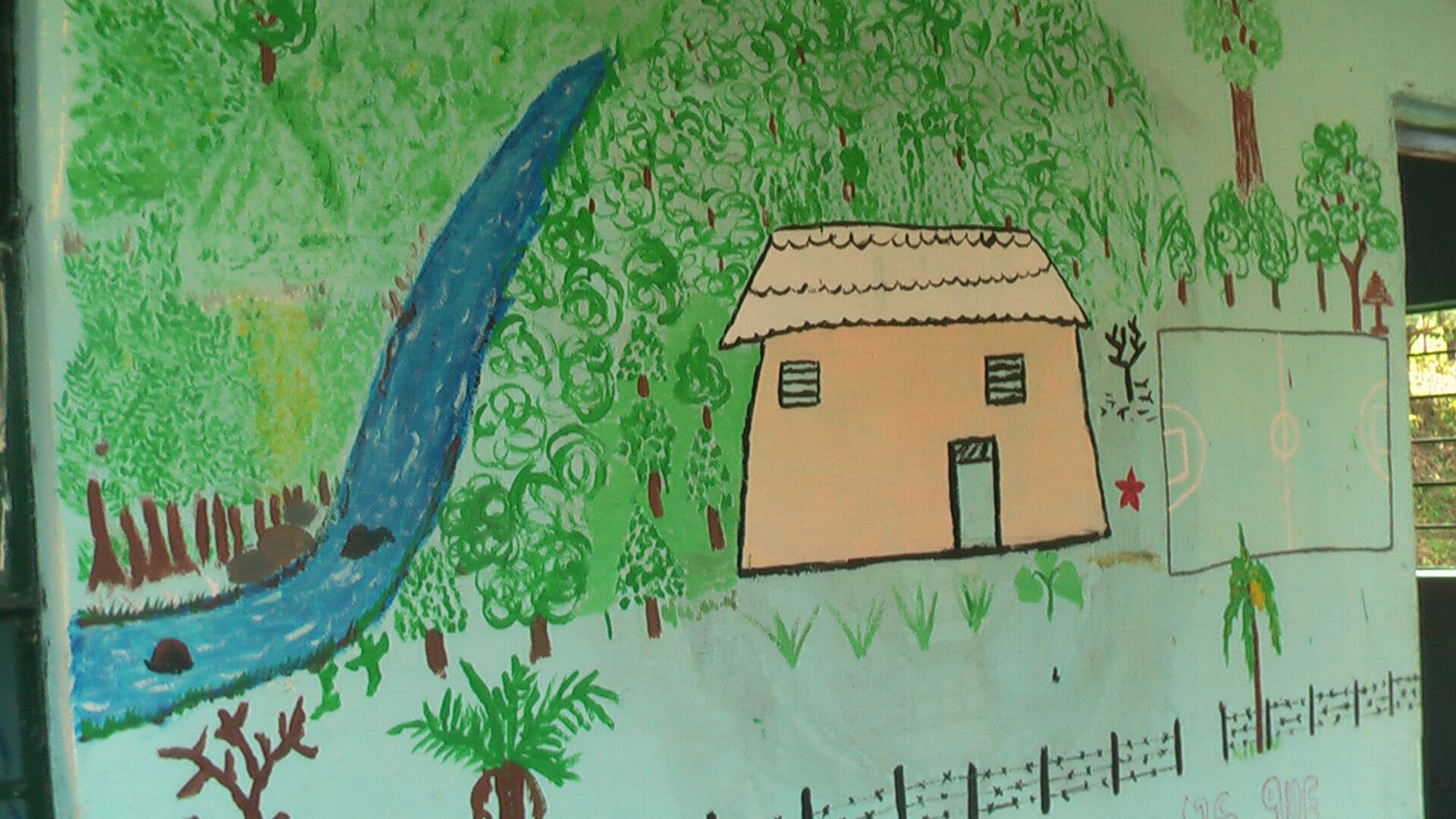
REBUILDING OUR SCHOOL
Mural in the old school in Caño Amarillo in Meta, previously destroyed by insurgent groups.
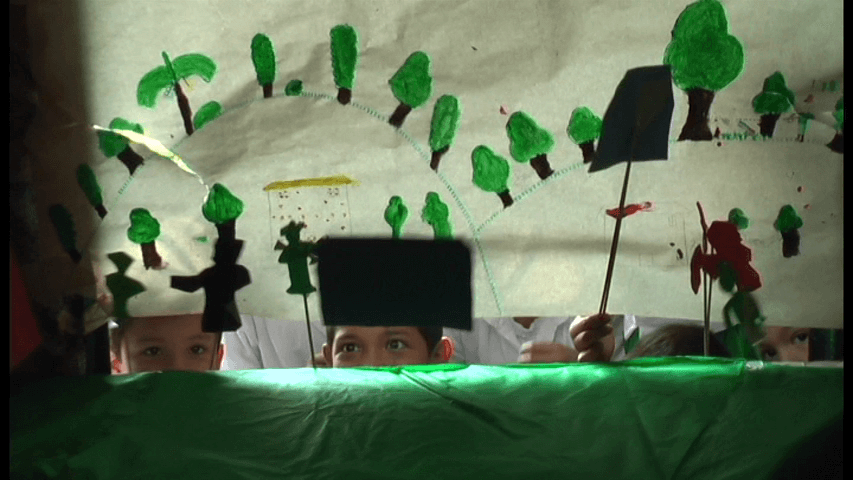
DISPLACEMENT AT THE CAÑO AMARILLO SCHOOL
Puppets show whereby students narrate the displacement in the school of Caño Amarillo in Meta.
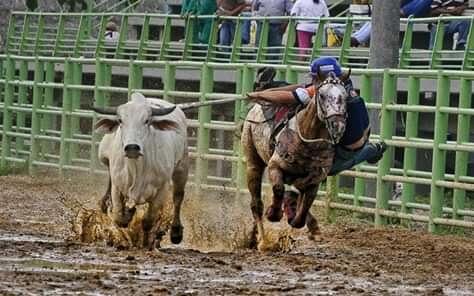
We are llaneros: 2020
Our participants of the Eastern region decided to focus on their identity as llaneros and the portion of their culture that is informed by their labour, their folk and their roots. This is a livestock region, with multiple hydrological sources, with a wealth in extension that earned them the nickname of “the green sea”. Our cultural agents decided to tell us through videos, stories and photographs what the life of the llanero is like.
“We are llaneros” is the result of a series of products that have been worked on to raise awareness of the importance of the territory of the Colombian Orinoquía. These images speak of our heritage and the importance of the women of the countryside in daily life, in our culture and our wellbeing. In this material that we present below, we seek to make visible how our region goes far beyond the work on the field with the cattle, which is also interwoven with agricultural expertise and other traditional expressions of our knowledge that informs the experience of this territory and our culture.
These works are a sample of the llanero soul, and they explore the relationship with the body as a living archive that constantly narrates the spaces it has inhabited and the traces of the community life in our existence.
Empowered Peasant
Song dedicated to colombian social leaders

© Copyright 2021 – Museo Cuerpos para la Empatía






